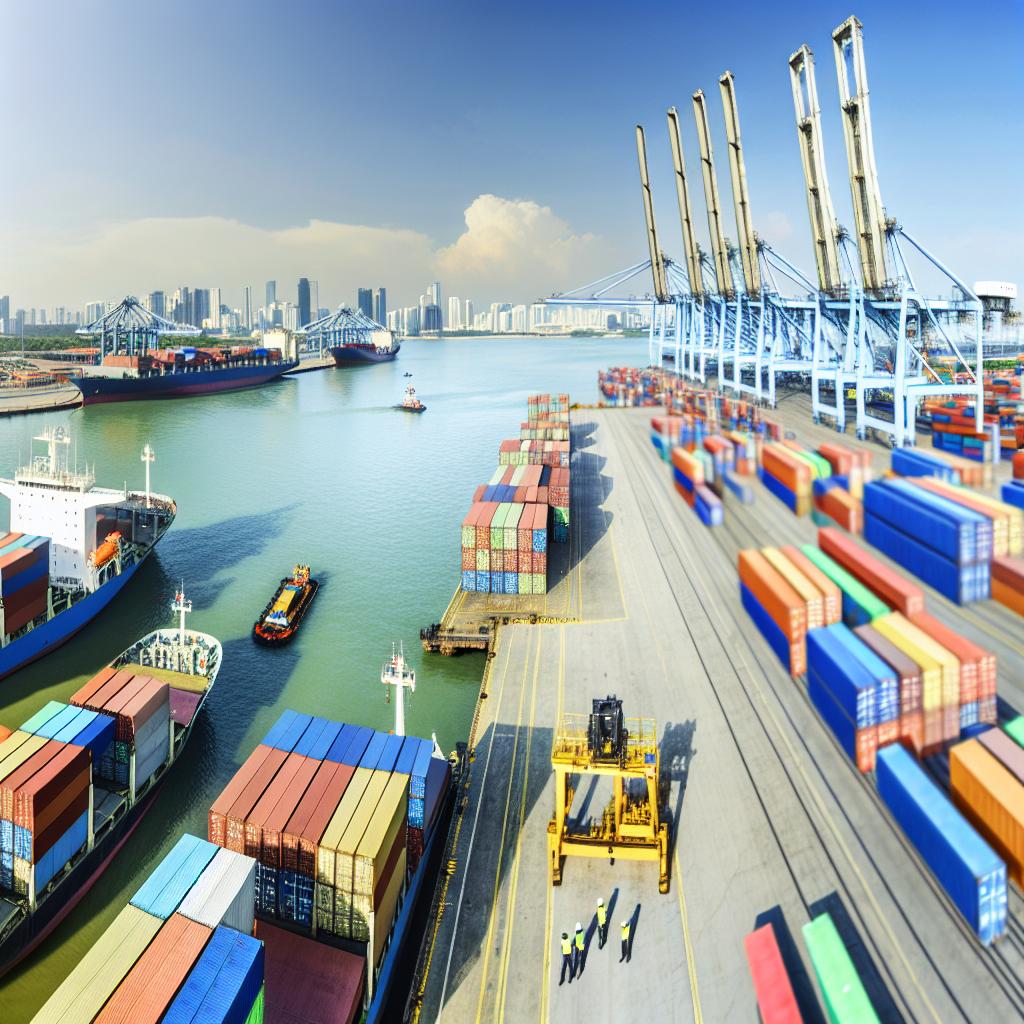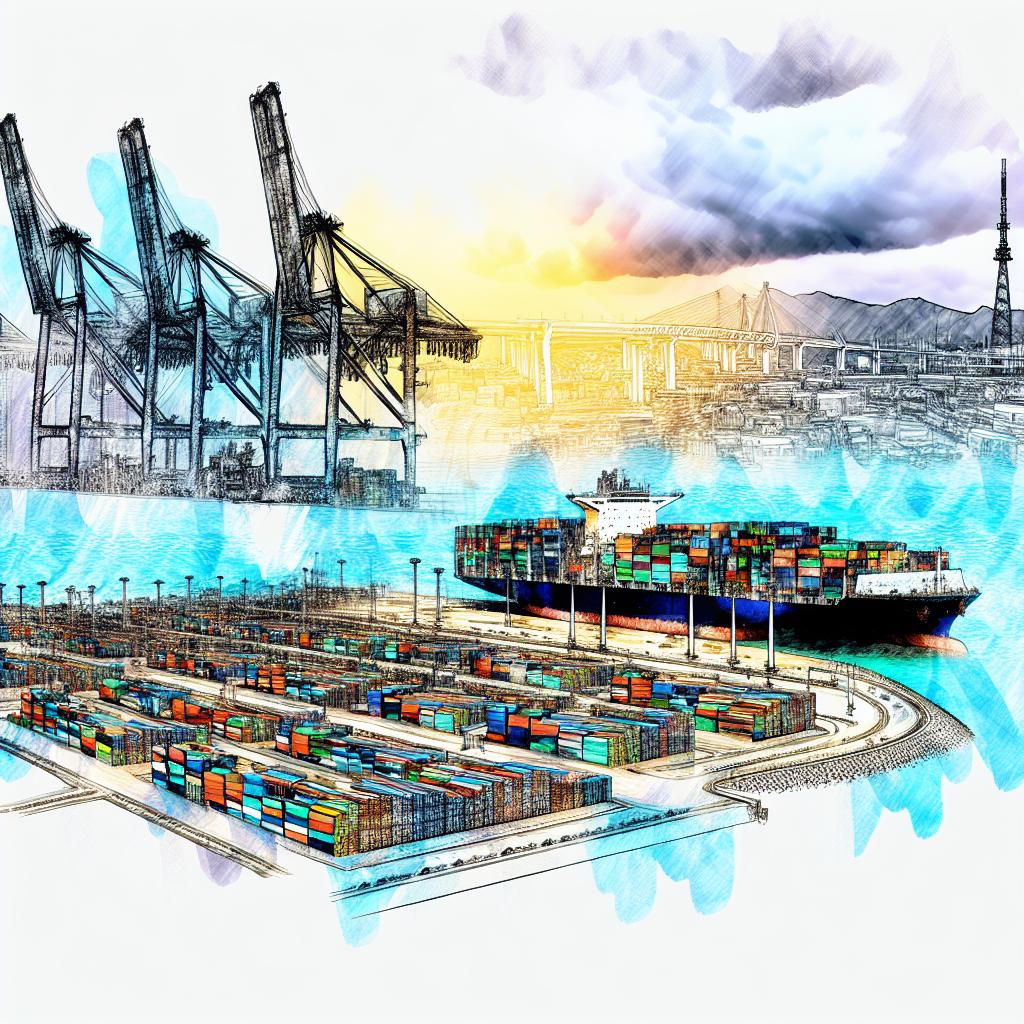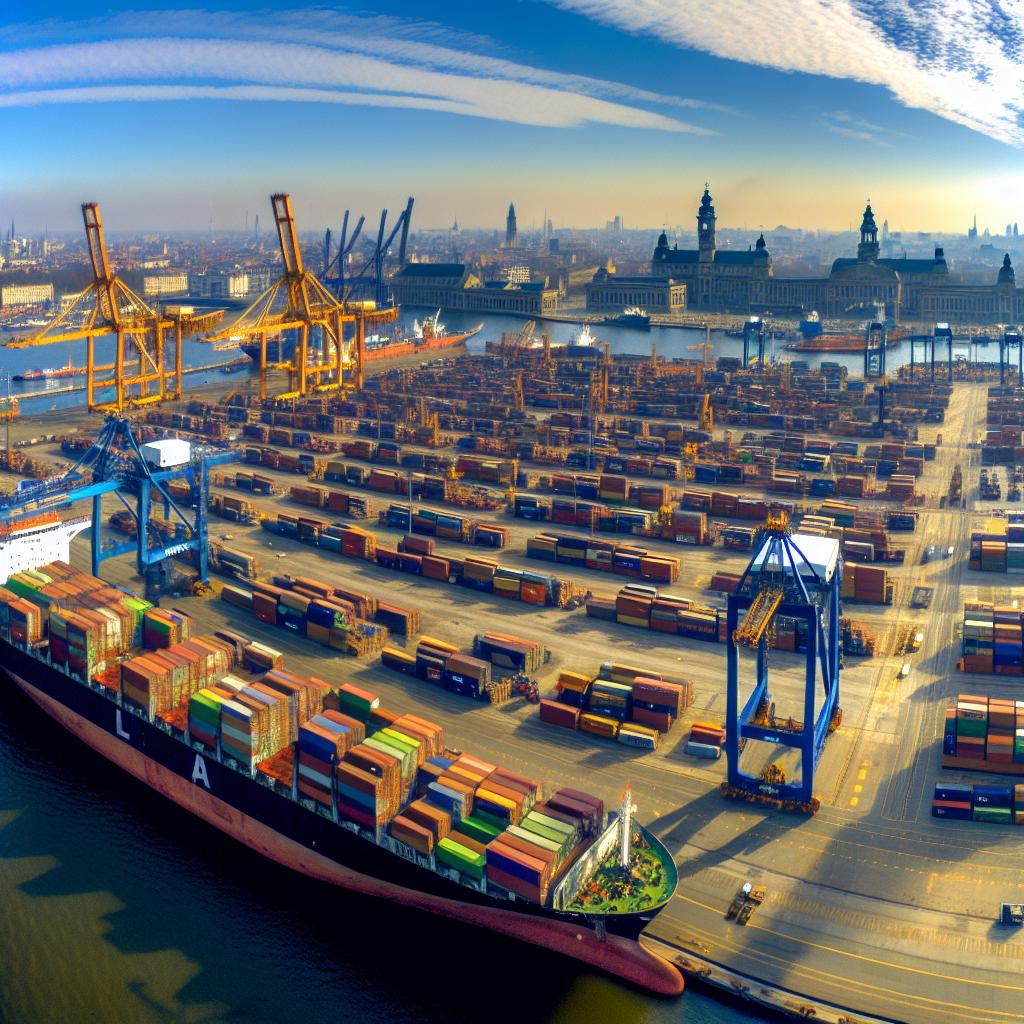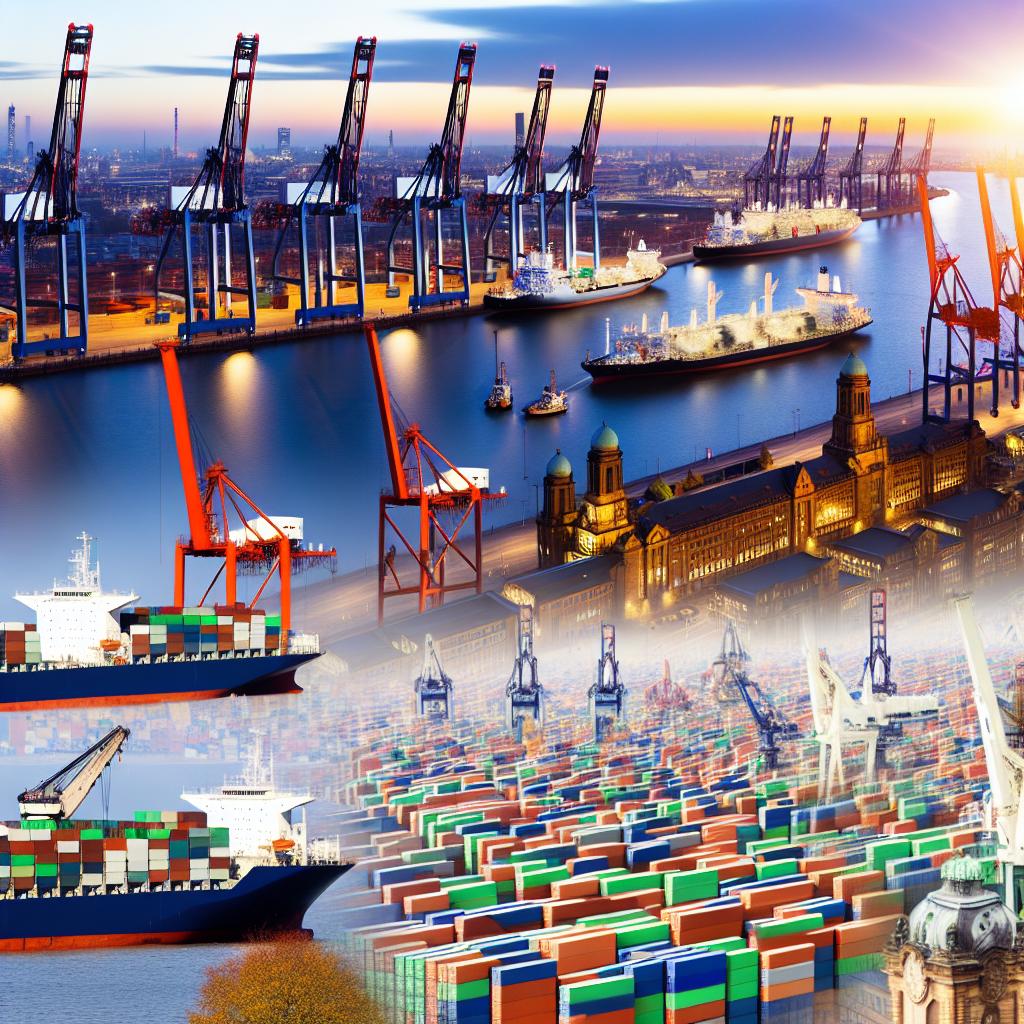The Strategic Location of Singapore
Singapore’s rise as a prominent maritime hub is primarily driven by its strategic geographical location. Nestled at the junction of key shipping routes, Singapore serves as a crucial link between the East and West, making it an ideal transshipment hub. Its prime location in the Straits of Malacca, which is counted among the world’s busiest waterways, has significantly contributed to its thriving success over the years.
Historical Context and Beginnings
Singapore’s history as a maritime center dates back to the early 19th century through the establishment of the Port of Singapore. Recognizing the port’s immense potential for trade, the colonial British administration invested heavily in its expansion and development. This foresight and investment paid off as Singapore evolved into a premier entrepôt in Southeast Asia, becoming a focal point for regional traders.
Government Policies and Infrastructure Development
Following independence, the Singaporean government sustained focus on advancing port facilities. By implementing proactive policies and effective regulatory frameworks, Singapore created a business-friendly climate that encouraged growth. Significant investment in modernizing port infrastructure enabled the port to efficiently meet the demands of international maritime transport, solidifying its role as a pivotal global trade hub.
Technological Advancements and Innovation
The success of the Port of Singapore is closely linked to its embrace of technological innovation. By integrating port technology, the port has significantly enhanced its operational efficacy. Groundbreaking systems such as automated cranes and real-time tracking systems have elevated productivity and reliability to new heights, ensuring that Singapore remains at the forefront of maritime operations.
Human Capital and Expertise
Beyond infrastructure, Singapore’s commitment to developing human capital plays a critical role in its maritime prowess. Investments in educational programs and specialized training for the maritime sector have led to the cultivation of a knowledgeable workforce skilled in all facets of port operations and logistics. This emphasis on human resource development ensures continuous adaptation and improvement in response to global industry changes.
Environmental and Sustainable Practices
With sustainability becoming an integral component of global commerce, Singapore has taken proactive steps to incorporate sustainable development practices within its port operations. Environmental responsibility is prioritized, with initiatives aimed at reducing maritime pollution and introducing sustainable practices that guarantee long-term operational stability and ecological balance.
Collaborations and Global Partnerships
To preserve and enhance its maritime stature, Singapore actively seeks global partnerships and collaborations with international ports and associated stakeholders. By participating in international discussions and fostering cooperative relationships, Singapore aligns itself with global regulatory standards, ensuring its competitive advantage in the ever-evolving maritime industry.
Conclusion
In conclusion, the convergence of geographical, historical, technological, and policy-driven elements underpins Singapore’s status as one of the world’s leading maritime hubs. As it continues to prioritize innovation and sustainability, the Port of Singapore positions itself adeptly to tackle forthcoming challenges, thereby maintaining its critical role in the global trade ecosystem. This ongoing endeavor demonstrates Singapore’s commitment to excellence in maritime trade and fortifies its reputation as a strategic regional and international asset.




